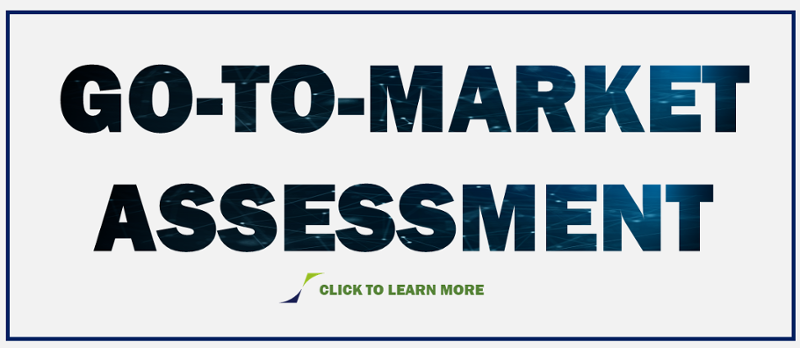
System of Record for Go-to-Market
My previous posts on the “product management system of record” have focused on the “Finding a Market Problem” and “Creating a Solution” parts of the product management process.
In this post, I’m going to complete the story, and talk about how the system of record can be used for the “Go-to-Market” part of the product management process.
A key reason to have a product management system of record is to help product managers manage “cognitive overload.” Frankly, none of the things I’ve mentioned as being part of the system of record is new or amazing, but the benefit of storing information in a central place as an enterprise asset makes a big difference in our day-to-day life. And this is true for go-to-market information as much as anything else.
To lead us in, you might want to take a look at this PM 2.0 post from David Shoaf. In his previous role as a business-to-business sales person, he needed a particular set of answers from product managers about any product he was trying to sell. In the post he lists out the questions, which include:
- Value proposition
- Buying criteria
- Product adoption
- Customer’s reason to be looking at the market
- Market response
- References
- Competitive landscape
- Pricing
- Quota contribution
- Sales cycle
None of the questions David asks should be surprising. On the other hand, the fact that product managers often don’t provide the answers to these questions shouldn’t be that surprising either.
As product managers we tend to get excited about our products and how awesome they are, and we forget that they are solving problems for customers and that the sales team needs to be able to talk about those problems with customers—potential customers—and how well we solve them.
In my experience, one of the greatest impacts on my cognitive load as a product manager is answering these types of questions from the sales organization. The questions often come on an ad hoc basis, and typically each time I have to go find the answer again. If it takes too much time to find the answer—which happens often if I don’t have a system—I come up with a new version of the answer.
However, if I have an enterprise system that’s storing my old answers in a searchable, reusable format, that really reduces my need to remember everything, and to recreate old answers. All the key information is captured in the system, and can be found via searching and a system of record. Thus, my memory has been off-boarded, and I don’t have to re-answer the same questions over and over again.
The set of questions that David Shoaf talked about in his post are prime candidates for embedding into a system of record. Of course, you will have questions specific to your customer or market, but with a system of record, you can work more efficiently, consistently and can focus on the more important questions—the unanswered questions.
Do you have a system of record for go-to-market? What works for you? Leave a comment and let us know.


